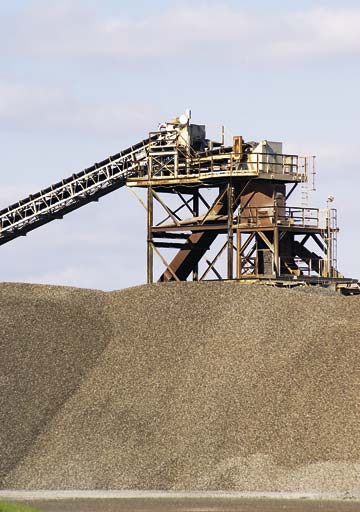Publishing a lengthy recent survey of Waterloo Region’s bridges, the Grand River Conservation Authority hopes to encourage municipalities to take up the baton in preserving the historic structures.
Bridges are an important part of the heritage river designation for the Grand, Speed, Nith and Conestoga rivers and many are in less-than-ideal condition, said GRCA’s Barbara Veale, a contributing editor on the study.
“We have a number of different bridges that tell the story of bridge building in Canada. Many of them are in disrepair – they’re deteriorating and we’ve lost quite a few of the heritage bridges to replacement.”
With funding from the province the GRCA and the Waterloo Regional Heritage Foundation, fieldwork was carried out by the University of Waterloo Heritage Resource Centre. A total of 678 bridges were inventoried, with more than two-thirds falling outside of current heritage designations. Twenty-five per cent (167 bridges) were found to have heritage value and 38 already-demolished bridges most likely had heritage value. Additionally, 13 of the total inventory are formally designated under the Ontario Heritage Act. Arch, Truss & Beam: The Grand River Watershed Heritage Bridge Inventory, a nine-month study completed in March, is now published on the GRCA website (www.grandriver.ca).
“We also wanted to provide information to municipalities to let them know when a bridge might be considered a heritage bridge, so when they are making decisions around replacement or repair that they have this initial information,” said Veale.
Some of the oldest bridges can be found in the townships, said Lindsay Benjamin, the survey’s primary author formerly of the Heritage Resources Centre. Woolwich and Wellesley saw the documentation of 46 bridges (20 for Woolwich and 26 for Wellesley). Of those, 10 were considered to have heritage value.
“Bridges are often the icon in the community or they’re the inspiration for artists and poets. There’s a real interest from the community around bridges and why they’re important.”
Of Woolwich’s 20 documented bridges, only one has a heritage designation: the covered bridge in West Montrose.
Tony Dowling of the West Montrose Residents Association said some communities just naturally rally around landmarks that are important to their history. He points to the effort made by residents when a gravel pit was proposed for a site less than 200 metres from the 132-year-old span, Ontario’s last remaining covered bridge.
“I think if we don’t protect those things we won’t have them in the future. … I think they have economic value in bringing tourists to the region and supporting the tourism that’s already here,” he said.
The survey presented researchers with the evolution of bridge construction and a diversity that was pleasantly unexpected, Benjamin said. While the fieldwork for the project sometimes ended in disappointment – bridges that were demolished before they could be documented – she said it’s important to focus on the positives:
“There are still a number of really great bridges in the region and in the watershed as well. People really are fascinated in looking at bridges and what they contribute to landscapes.”
Veale said the responsibility for preserving the bridges lies with local governments.
“I think this is the first step … to provide the municipalities with background information and an initial heritage value of some of these bridges so that they can look at taking the next step.”








